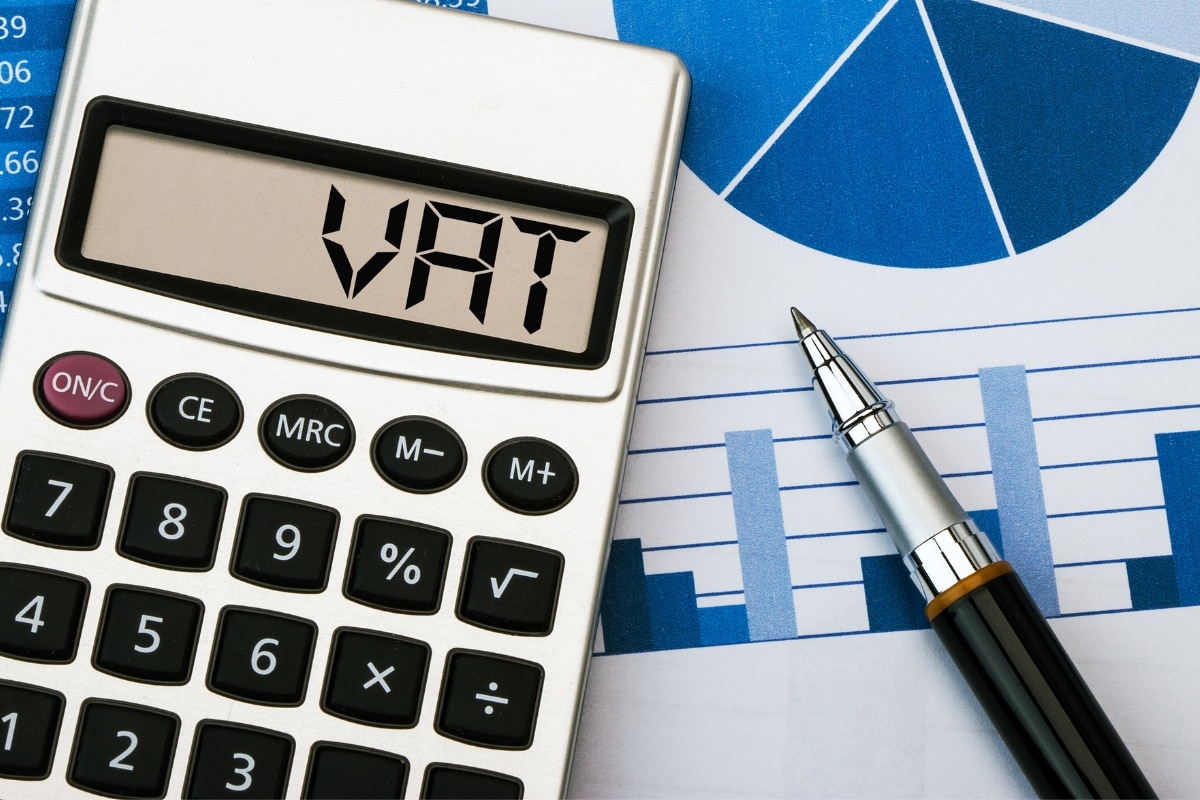
NHBF paper addresses VAT threshold issue for beauty industry
By Rebecca Hitchon | 19 January 2024 | Movers & Shakers, News

The National Hair & Beauty Federation (NHBF) has released an independent paper to prompt discussion about the UK’s VAT threshold issue and offer solutions.
Commissioned by the NHBF and created by Pragmatix Advisory Ltd, Avoiding the cliff edge: considering possible options for a VAT threshold smoothing mechanism aims to generate debate within the hair and beauty sector, government and other industry organisations. It does not make specific recommendations or provide one solution for a change in the current VAT system, but offers options to reshape the VAT landscape to encourage economic growth.
What is VAT?
Value Added Tax (VAT) is the tax that all business must pay when their turnover is higher than £85,000. This figure is known as the VAT threshold and the UK has one of the highest thresholds in Europe. VAT is added to the price of most goods and services and allows the government to pay for public services like schools, hospitals and roads.
Avoiding the cliff edge: considering possible options for a VAT threshold smoothing mechanism explores how the current VAT rate of 20% leads to a cliff edge effect for businesses reaching the threshold. Growth becomes more challenging because there is no gradual transition to this rate, and this is why many businesses deliberately stay under the VAT threshold: some by using tax avoidance measures like cash in hand. In NHBF State of the Industry surveys in 2023, 86% of hair and beauty businesses supported a gradual VAT approach.

Courtesy of Linkedin.com
Rebecca Munro, director at Pragmatix Advisory, notes: “Our research is based on careful analysis of official data – from the Office for National Statistics and the Department for Business and Trade – which show the number and turnover of businesses in different industries. It shows that around 47,000 firms in the United Kingdom are holding back below the £85,000 VAT turnover cliff edge and avoiding the cost and inconvenience of this blunt fiscal instrument.”
The paper, which includes case studies from Finland and the Netherlands to display the positive impact of lower VAT rates, identifies smoothing mechanisms to change the current VAT system:
- Non-fiscally* neutral options, i.e. reduced VAT revenue for the government. Two options are modelled where graduated VAT could start at £85,000. With a moderately graduated option, HM Treasury would see a loss of £2.5 billion in VAT revenue, counteracted by an additional £2 billion in increased compliance.
- Five fiscally neutral options, i.e. the government would see no loss in VAT revenue, from ‘least graduated’ to ‘most graduated’ where VAT, starting from a lower rate, would increase in steps towards the current standard rate of 20%.
*Fiscal means relating to government revenue.
Avoiding the cliff edge: considering possible options for a VAT threshold smoothing mechanism estimates that an additional £25.2 billion in turnover would be declared. This would return an additional £2.2 billion in VAT revenue to HM Treasury, with at least £33m of this coming from the hair and beauty sector. While the paper estimates an administrative cost of £1000 per business per year in time and software costs, this would be a small share (2.5%) of average sector labour costs.
 Caroline Larissey, chief executive of the NHBF, comments: “93% of hair and beauty sector businesses are below the VAT threshold, some of which engage in cash in hand work, split the business or engage self-employed workers to avoid having to register and pay VAT.
Caroline Larissey, chief executive of the NHBF, comments: “93% of hair and beauty sector businesses are below the VAT threshold, some of which engage in cash in hand work, split the business or engage self-employed workers to avoid having to register and pay VAT.
“We have advocated a smoothing mechanism as part of our campaigning on VAT, but this is the first time we have set out a range of options for how it could work. The presence of the cliff edge within the current VAT regime incentivises businesses to remain below the threshold, forgo much needed growth and produce a lower tax yield for HM Treasury.”
Jonny Haseldine, policy manager at the British Chambers of Commerce, adds: “We have long advocated a smoothing mechanism around the VAT threshold, particularly one that minimises the administrative burden on business. We are currently assessing the options and this contribution from the NHBF is welcome food for thought.”

Read the latest issue








